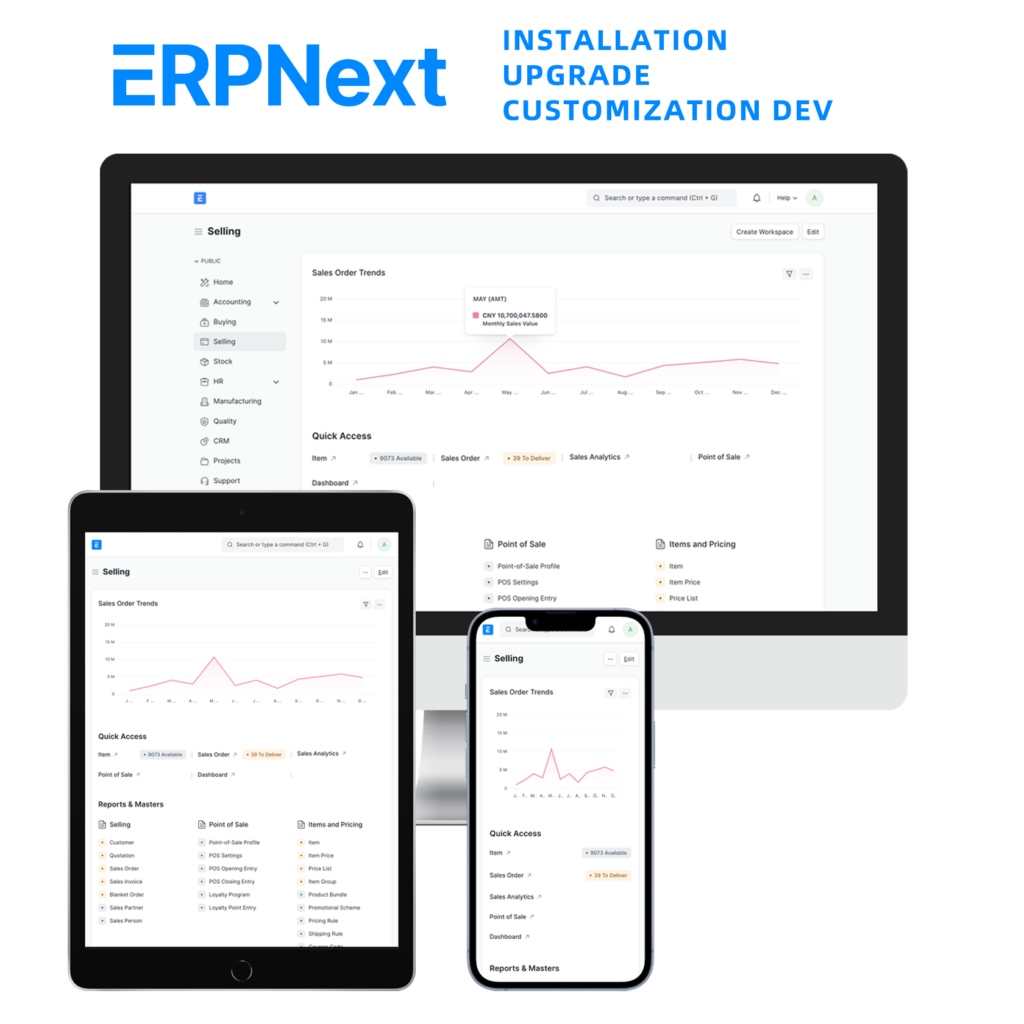To make the most of an ERP system, every employee must develop end-to-end process thinking!
After implementing ERP systems, many companies often hear complaints like:
“The system is live, but our efficiency has actually gone down!”
Why does this happen? Is the technology outdated? Is the interface ugly? Are the features too complicated?
The deeper reason is this: employees lack end-to-end process awareness.

What Is End-to-End Process Thinking?
Simply put, it’s the ability to step outside your own role or department and understand how the entire business process flows from start to finish.
For example:
- Sales only cares about “when can it be shipped?”
- Warehouse only checks “is there enough inventory?”
- Purchasing just looks at “what needs to be restocked?”
- Finance only asks “are the documents complete for reimbursement?”
Everyone minds their own business—the result? Blocked processes, redundant work, and even constant internal conflict.
But truly excellent employees understand the whole chain:
From customer order → procurement → production and delivery → payment and reconciliation.
That’s end-to-end process awareness.
Case Study: The Real Reason Behind an ERP Project Failure
A cross-border e-commerce company implemented an ERP system to integrate sales, purchasing, inventory, and finance.
Right after going live, the sales team exploded:
“We can’t ship the customer’s order! The ERP shows stock, but the warehouse says there’s nothing?”
Turns out, the problem was a broken process chain:
- Sales only focused on customer needs, not which warehouse had stock.
- Inventory data showed total quantity, not specific warehouse location or locked stock status.
- Warehouse transfers weren’t updated in time—ERP showed “in stock,” but the items were still in transit.
The system wasn’t wrong, and the processes were technically there—but everyone only focused on their own small section, with no one looking at the process from start to end.
The result: Unhappy customers, frustrated sales, finger-pointing operations, and an angry boss.
How to Build End-to-End Process Awareness
Here are some key recommendations:
1️⃣ Train Everyone to “Understand the Process Map”
Don’t just let IT or project managers understand workflows—every employee should know “who comes before and after me” and “who my actions affect.”
Examples: Sales order process flow, procure-to-pay flow, inventory transfer process.
2️⃣ Create “Process Experience Camps”
Let sales walk through the warehouse and understand inbound/outbound procedures.
Let purchasing observe how finance handles payments and sees how invoicing and reconciliation work.
Let the warehouse team see how customer service deals with urgent follow-ups.
This cross-functional empathy reduces blame-shifting.
3️⃣ Design the ERP System from an End-to-End Perspective
For instance, during order entry, the system can automatically alert sales if stock is low and prompt procurement/transfer/production options—allowing the sales team to proactively respond to customers instead of waiting passively.
Conclusion: ERP Is Just a Tool—Real Transformation Comes from People’s Thinking
ERP systems are not magic wands—they only digitize and standardize business processes.
The real value comes not from powerful features, but from the depth of process thinking among employees.
To truly benefit from ERP, make sure every team member develops end-to-end process awareness.
Only then can the ERP system become a powerful tool for efficiency—instead of a burden that holds you back.